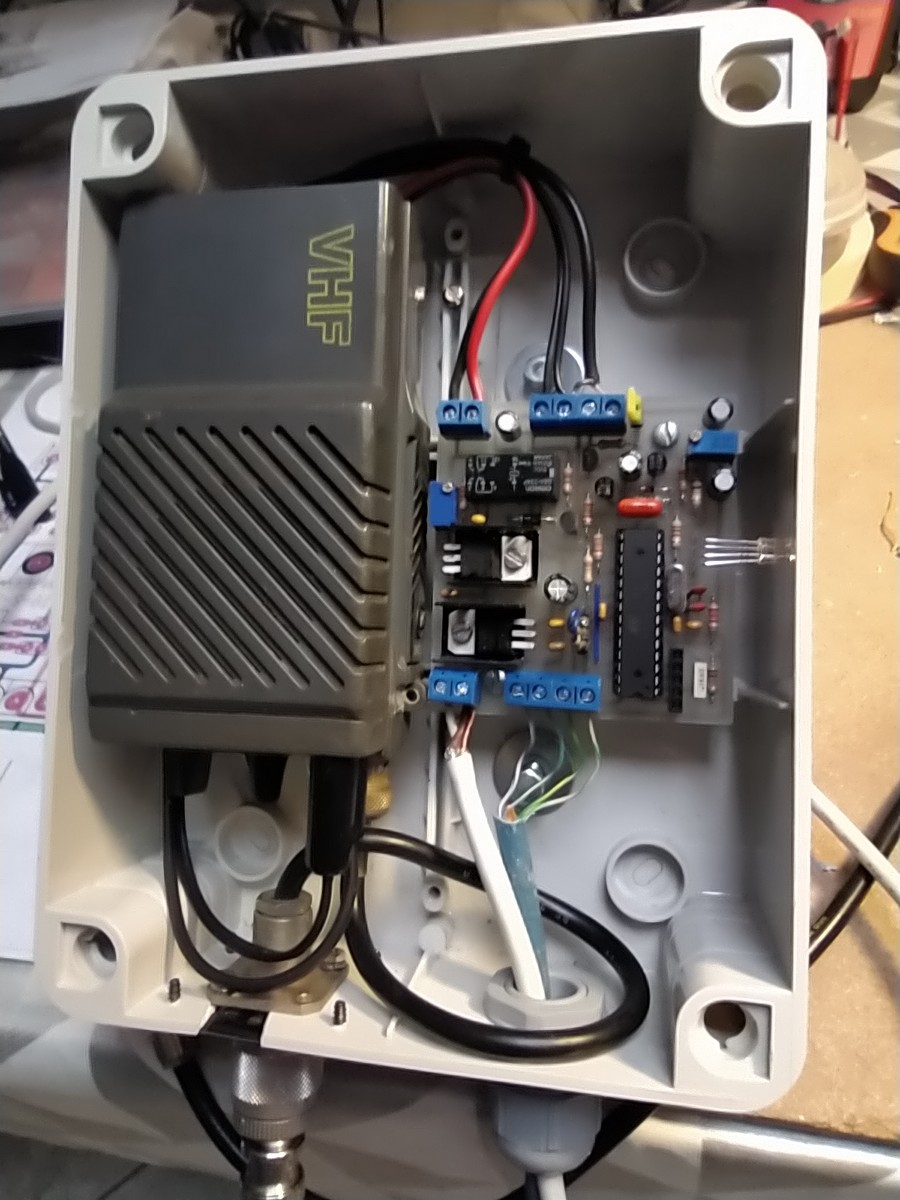Follow along with the video below to see how to install our site as a web app on your home screen.
Note: This feature may not be available in some browsers.
Yep.the transceiver transmit when the Arduino pin 15 goest to 5V and the radio ptt input goes to 0V?

I'd reverse that and add a series diode in the collector of the right hand transistor so the other components cannot be pulled down below 0.6 - 0.7V, to avoid any possible reverse voltage on the cap.
BC337 is higher power, so can switch a larger load than the BC547, the P2N2222A should be fine for both (as it's similar to the BC337) - although I suspect the BC547 would be fine for both as well.I haven't it but a friend of mine that asked me to draw this pcb has one.
This is the project (in italian language) using a vintage transceiver:
I think I will use an Arduino nano board as a component to semplify the pcb design.
WXmeteo in APRS a 144.8MHz
Se trovate tra i calcinacci di un cantiere una scatola stagna Gewiss, se avete un vecchio portatile a contraves senza subtoni disoccupato, se in cantina da anni vi gira tra le bottiglie una antenna…iw1cgw.wordpress.com
p.s. do you have any idea why 2 different kind of npn bjt were used? Couldn't I just use P2N2222A?
I haven't understood what you mean.It seems OK from a quick look.
I would definitely add a diode in series with Q4 collector. It should never matter - the same as the entire TX time limit circuit....
But if you are including that, it seems daft leaving the slightest possibility that it will not work as intended.
That is exactly what I was thinking!Is it ok to move D4 like I did?
It would work, in normal use - I can only guess no one has ever really examined it too closely.Any thoughts?
As I said in post #6, the original capacitor was the wrong way round - this WILL cause problems, and the capacitor will fail prematurely - as Samsung found out when they accidentally fitted a capacitor the wrong way round in a range of their VCR's (some didn't make a year, some made a bit longer than a year).I have asked the guy who has designed the original circuit.
He told me that particular watchdog circuit is used since 90s in this kind of projects involving TNC packet radio...
Any thoughts?
